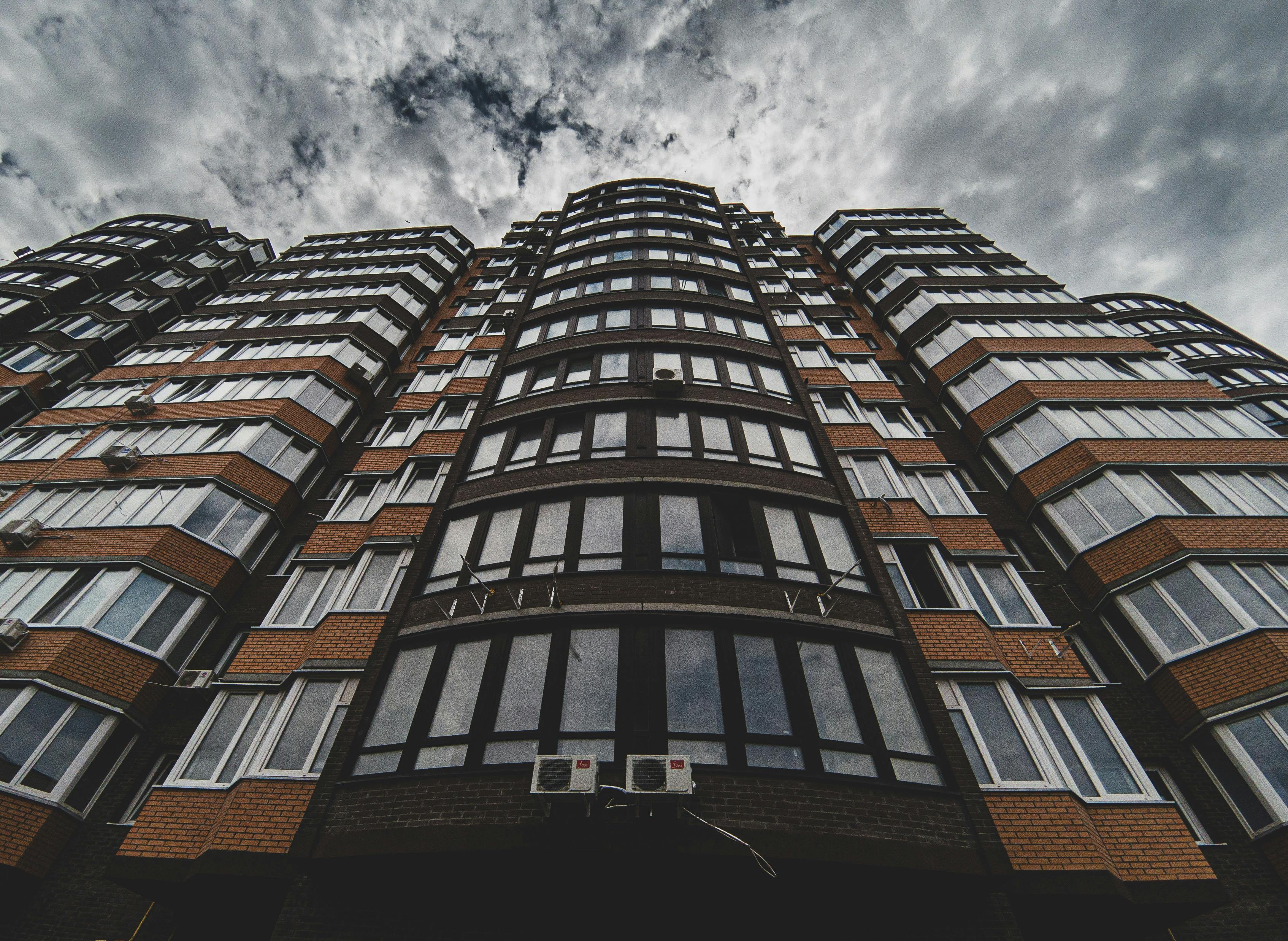Are you building a new house? If so, you have a lot of important things to think about … from designing your new home to mortgage decisions and insurance arrangements. Another important item that should be on your list is health problems stemming from moisture, mold, and fungal growth.
Tighter construction methods, and the materials used to build new homes, can easily contribute to indoor air quality problems and serious humidity problems if builders and homeowners overlook the underlying factors that cause them.
For example, polyethylene has long been used as a vapor barrier to keep moisture out of homes because it is inexpensive and completely impermeable to water. Unfortunately, a house wrapped in polyethylene can also prevent moisture already inside the house from escaping. This results in higher humidity levels, which in turn can result in the rapid growth of mold and mildew.
Newer polyamide films installed over insulation material may be a better option, according to Glenn Singer, construction science manager for CertainTeed’s Insulation Group. CertainTeed’s MemBrain Vapor Retarder, for example, is designed to allow excess moisture to evaporate and leave the home through tiny pores that change in size as relative humidity changes.
Construction products used in bathrooms are another area of discussion with your builder. Recent changes to the International Residential Code (IRC) no longer recognize green board, a commonly used paper-coated drywall product, as a suitable tile backing material in wet areas such as around the bathtub and tub. shower. Instead, an approved cement-based backing plate such as Durock® from USG Corporation should be used.
Durock panels are composed of aggregate portland cement sandwiched between layers of reinforcing fiberglass mesh, providing much greater resistance to moisture and less risk of mold growth. Green cardboard products are still suitable for use on bathroom walls, laundry rooms and basements.
Air treatment systems are another important consideration for consumers planning to build a new home, and it’s worth talking to your builder. Whole-home systems, such as those offered by Aprilaire, may include an air filter, humidifier, and dehumidifier, all of which are installed in conjunction with your new home’s heating and cooling systems.
A specially designed dehumidifier is more effective at controlling indoor humidity than an air conditioner, and whole-house units are often more efficient to operate than portable models. Humidification units help provide a proper moisture balance throughout the year, but are particularly useful during the dry winter months.
Make a checklist of your concerns and ask your builder how your new home will be built, what construction products will be used, and what steps you will take to mitigate the likelihood of a moisture retention problem and indoor air quality problems. Indoor air pollution, moisture buildup, mold and mildew are all avoidable problems, and they are things you definitely don’t want in your new home.



